Our offering is a reflection of the hundreds of client projects we’ve worked on. From sales force sizing to alignment to incentive compensation. From segmentation and targeting of physicians and hospitals to patient identification. Not to mention a whole host of PLD analyses. And more recently, predictive modeling using different AI and ML techniques. Below is a sampling of the most popular ones.

Data Strategy
There are a lot of data sources out there and it is very easy not to be using the right ones. This is about identifying the best data sources given the key questions of the brands and optimizing the dollar data purchase to maximize Insights on Investment.

KOL & Influence Mapping
Psychologists have long known that our decision making is sub-conscious and we constantly take cues from others. And physicians are no exception. We pioneered a network-based technique where we use patient-level claims data to identify KOL’s and map out their spheres of influence. In essence, patients are viewed as threads that connect physicians.
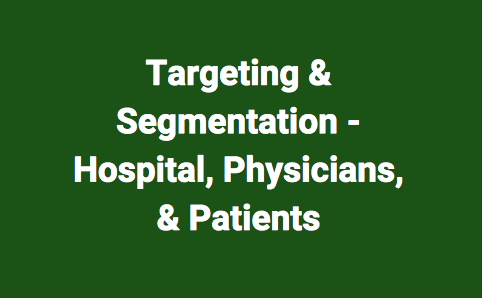
Targeting & Segmentation - Hospital, Physicians, & Patients
This is the age-old problem of establishing whom to go after. We have developed a whole slew of techniques for that. Some leverage profile information (size, activity, market share, share of voice, geography, etc.) while others a behavioral property (position in the product adoption cycle, inbound/outbound referral activity, responsiveness to promotion, level of influence, etc.).
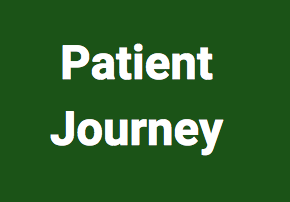
Patient Journey
What interactions did a typical patient have with the healthcare system to land where the patient is at currently? Where does the patient go from here? These questions are best answered using syndicated patient claims data sources as they provide the names and addresses of the treating physicians. Alternatively, we may use the good old primary research interviews when there is no need for targeting or when the questions are more qualitative in nature.
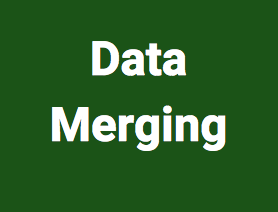
Data Merging
The depth and range of insights that can be uncovered depend on how well the data sources are integrated, and yet many of our data sources lack a common id. The latest addition to our suite, MergeOO and MergeOC, allows us to merge PHI-free PLD data sources despite the fact that patients and physicians have been encrypted using different encryption engines.

Hospital-Retail Spillover
Patients initiated on a therapy in the hospital may continue treatment at home after discharge from the hospital. At what price should we offer the drug in the hospital knowing that we may more than recoup the investment in retail? We pioneered a technique to measure hospital-retail spillover that constructs and leverages the actual catchment of individual hospitals.

Account & Physician Profiling
While demographics is what comes to mind right away, peer interactions (referrals received and sent) and organizational memberships (affiliations, privileges in teaching hospitals) are also instrumental in understanding and predicting behavior. What’s more, this enhanced ecological profiling is a godsend for predictive modeling.

Predicting Responsive Physicians
Some physicians respond well to promotion and others don’t. Worth noting is the fact that we know their profiles well. Now there is a large group of physicians that we have called only a few times or not at all. Who among them are most likely to respond well to promotion? This is the perfect problem for Machine Learning and indeed it consistently delivers great results.

Data Vendor Evaluation
Should we go with Vendor X or Vendor Y? This a challenging multi-factorial decision that has implications throughout the organization. Over the years, we have developed an approach that leverages a complete list of no-nonsense questions and sample evaluations that expose all the requisite elements for an informed decision.

Market Access - Spillover - Rebate & Spillover
Should we get rid of that pesky PA or ST and/or have our drug placed on a lower tier on the formulary to improve access? If that’s the case, how much rebate makes sense? Interestingly, changing the formulary status of our drug of one Payer has ripple effects on Payers that did not effect any change in the formulary status of our drug. We measure both impact and spillover.
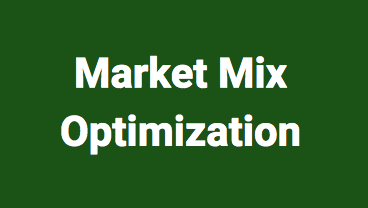
Market Mix Optimization
Our promotional dollars span different media including personal selling, samples, speaker programs, digital advertising, and the like. Optimal budget? Optimal allocation across channels? Challenges include the fact that channels are not independent of each other. Also, cannibalization and super-saturation may be lurking in the dark. Our simulation-based model factor in these phenomena and produce consistently optimal recommendations.
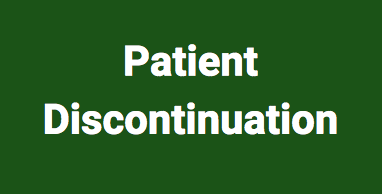
Patient Discontinuation
Given that the patient has filled 5 Rx’s already, what are the odds that the patient will fill the 6th Rx? Oh, the patient just got admitted to the hospital and received a new diagnosis suggesting a case of misdiagnosis. Also, the patient just went over her deductible. This adherence question calls for Bayes Optimization. Indeed, not only is the articulation of the expression natural, the results are equally as good.
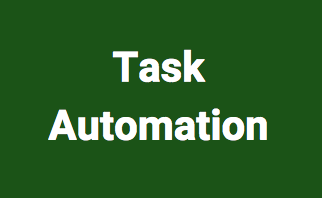
Task Automation
What a waste of time copying and formatting data from Excel and Access into PowerPoint! Over and over again, let alone the mistakes. This is a job for the computer. We write the code, a one-time deal, and the job gets done like clockwork thereafter. Everyone is happy as the freed up time can be used judiciously.

Co-Pay Card & eVoucher
Without proper dollar assistance, a large swath of our patients may not be using our drug or may be using a competitive drug instead. Not only are the needs of each patient unique, we usually have a plethora of assistance programs. What is the optimal structure of our assistance programs? Our simulation-based models allow us to explore a very large number of different strategies and zero in on the optimal one.

ROI of Promotional Programs
How well did the program do? What changes are in order? A technique that works extremely well here is the pair-wise pre-post test control (the same technique that is used in clinical trials). Another one is the propensity score method and it is called for whenever we are looking at a very large number of observations and/or clone variables.
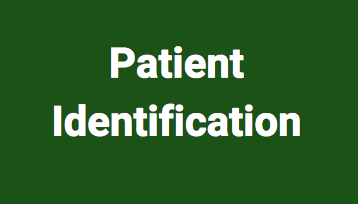
Patient Identification
When the cost of treatment exceeds $100K per patient per year, it literally pays to find new patients. We know the profile of patients that respond well to our drug and also the telltale signs of disease progression. Who will be needing our drug and when? This is a typical problem for Machine Learning and indeed it delivers on its promise.









